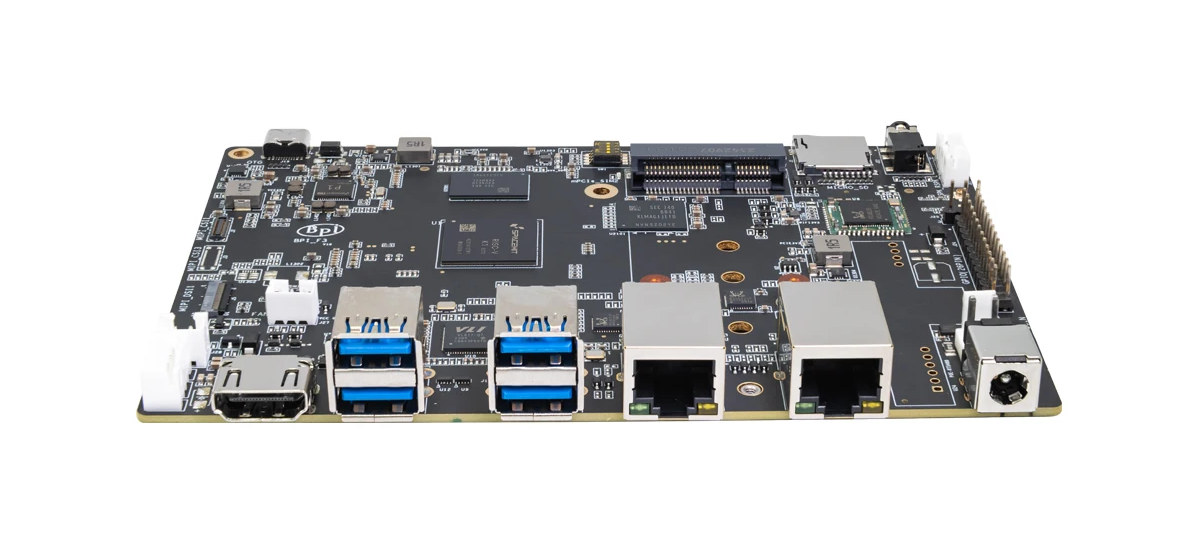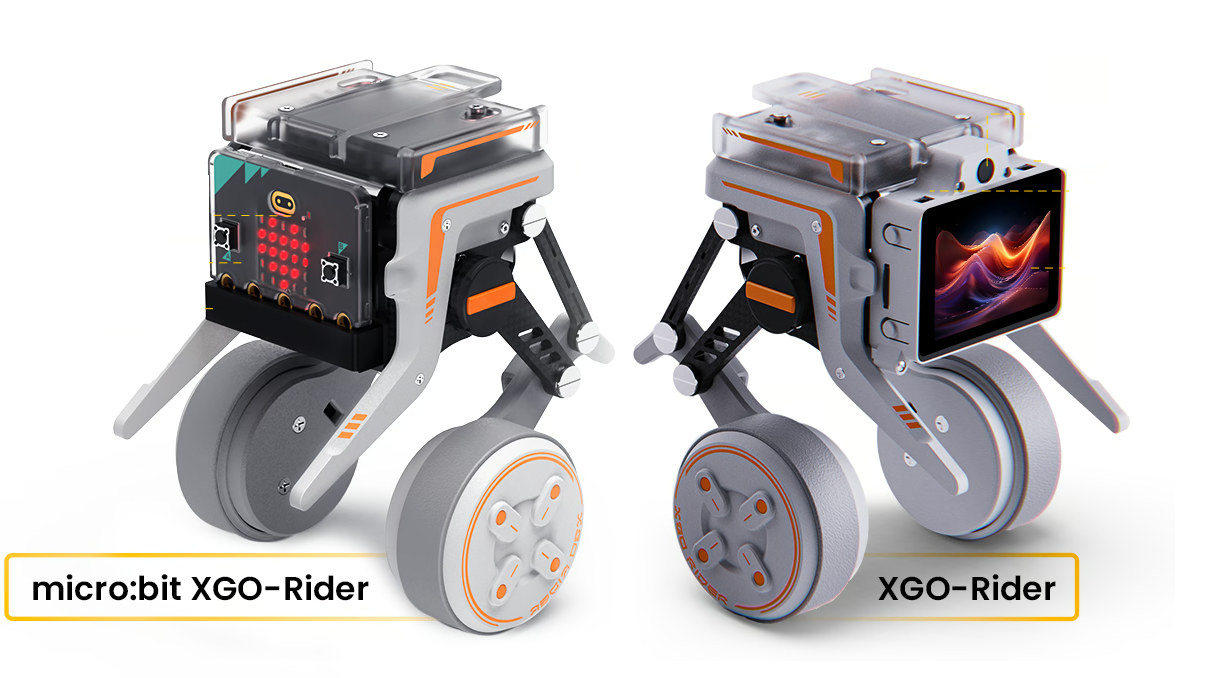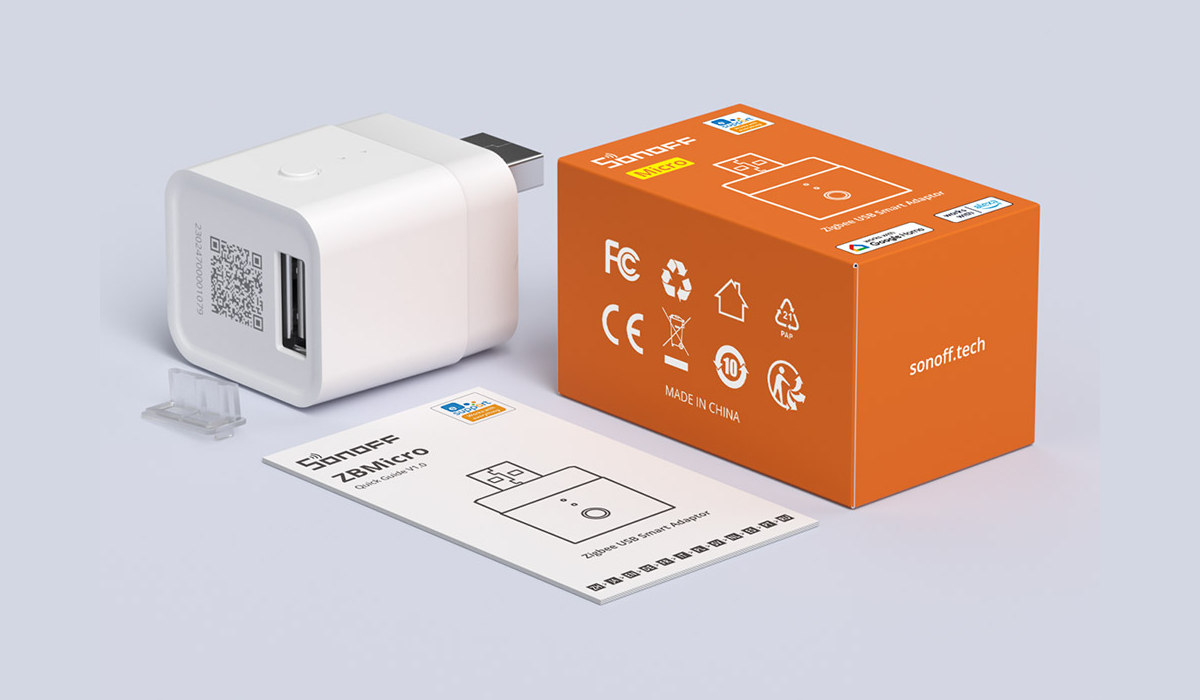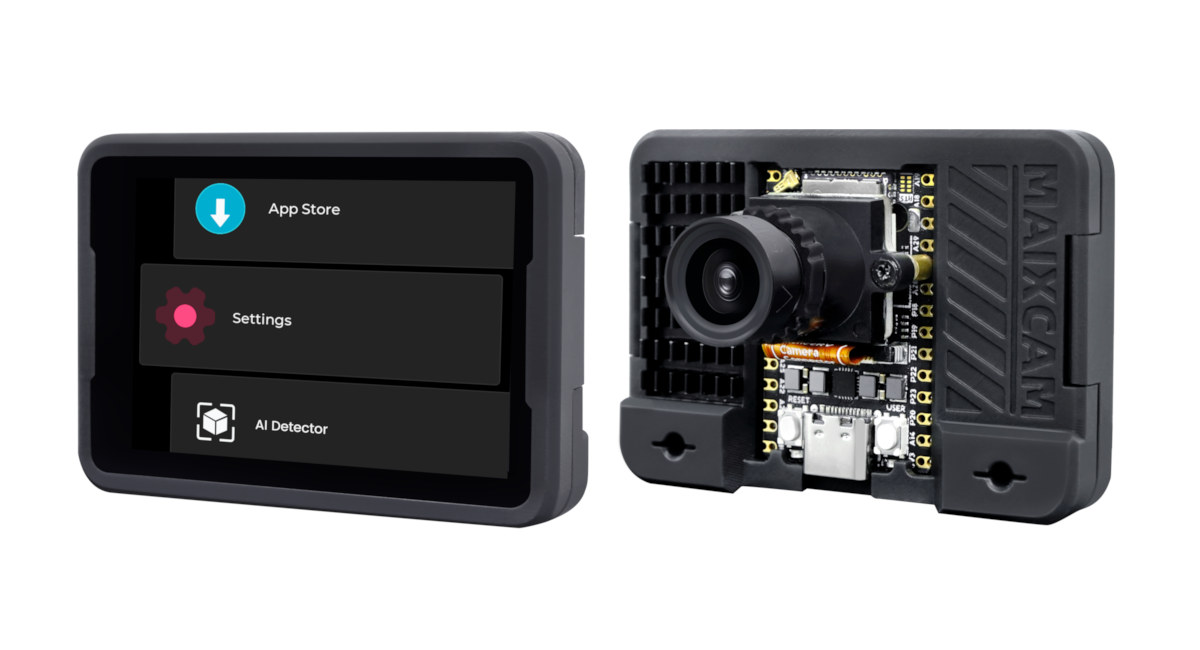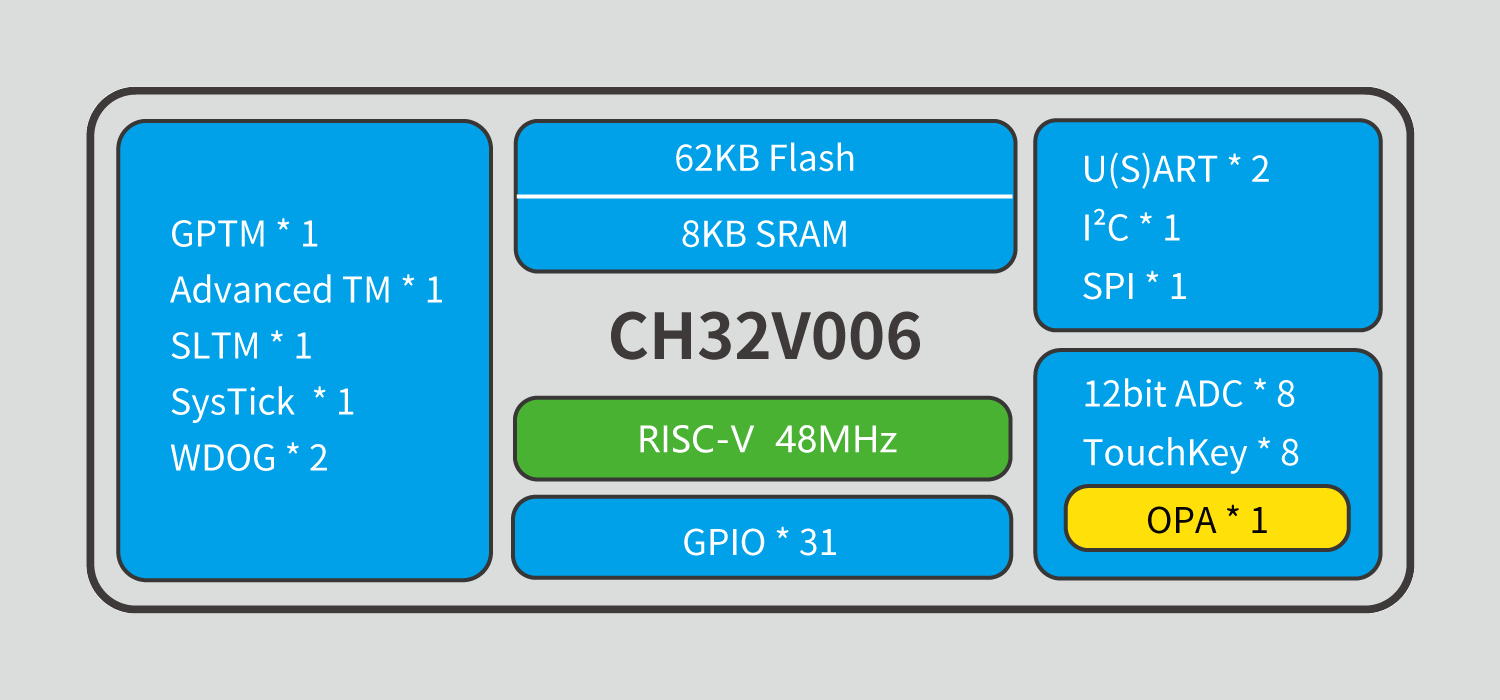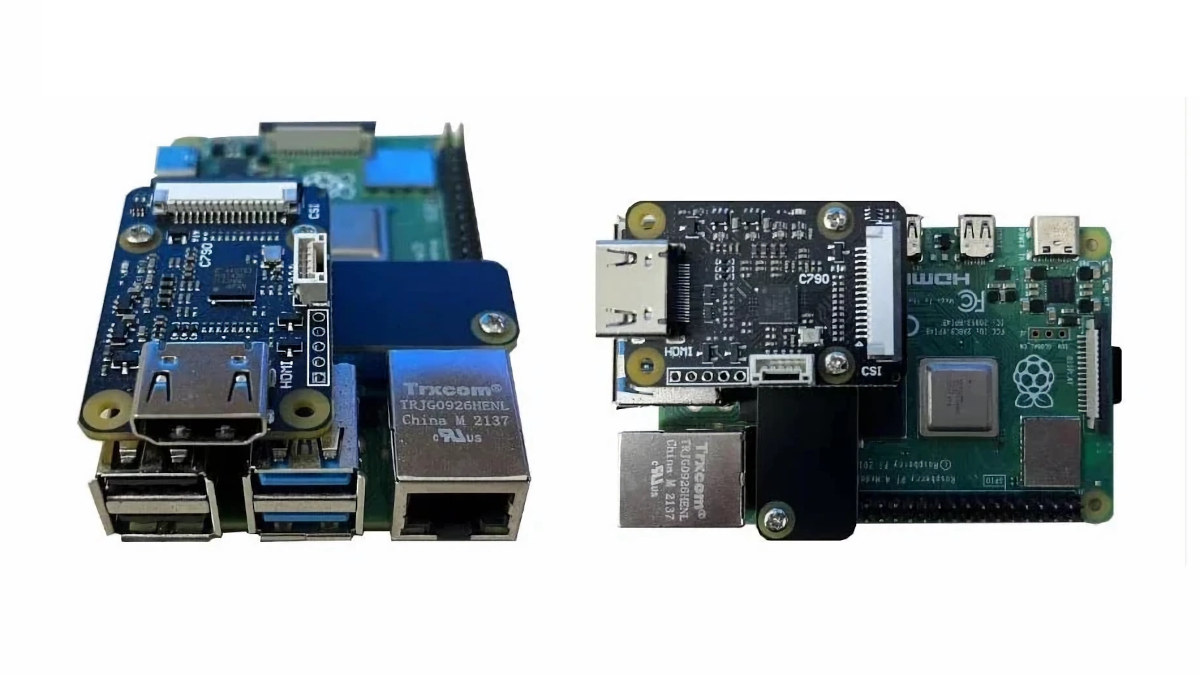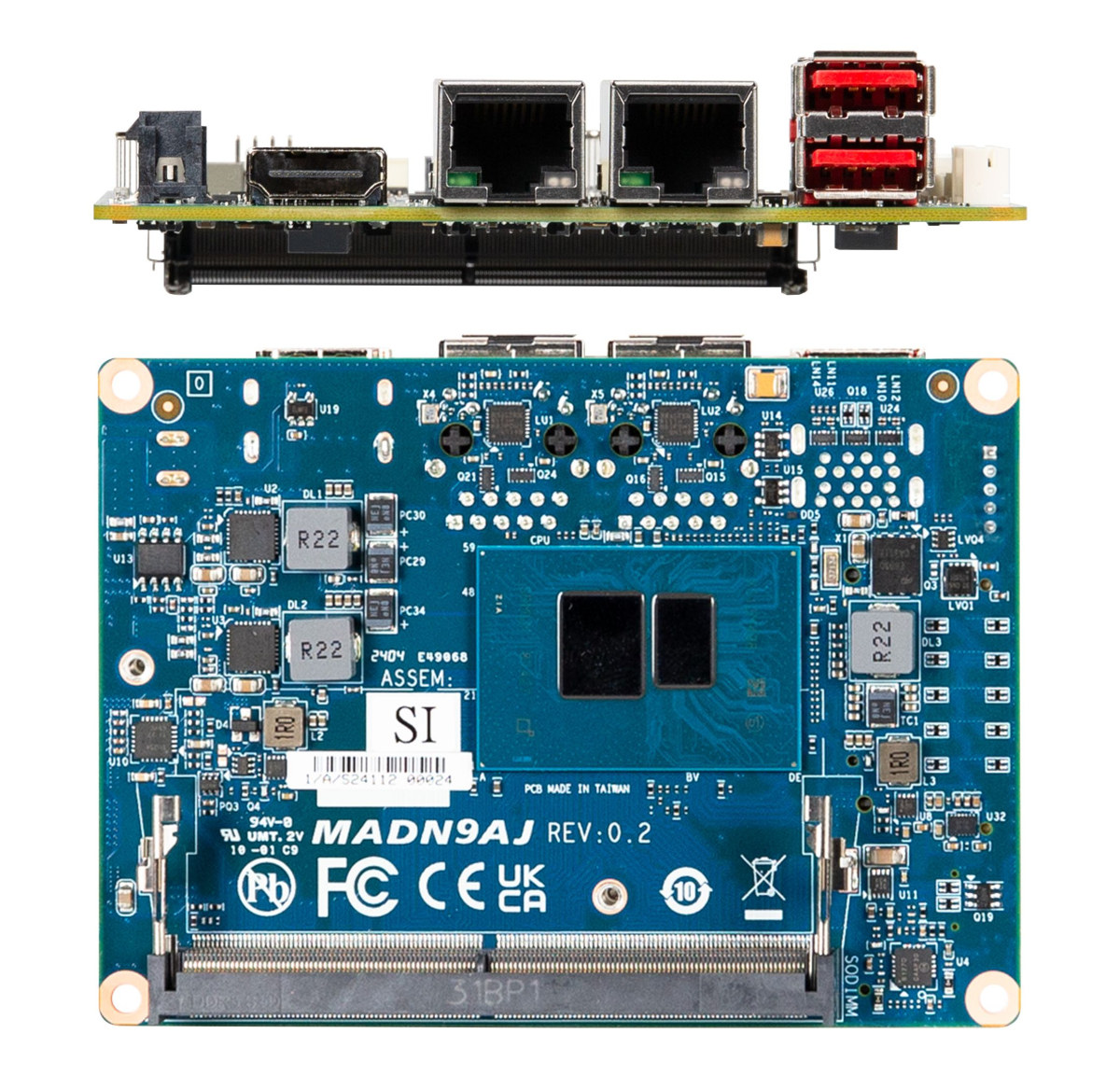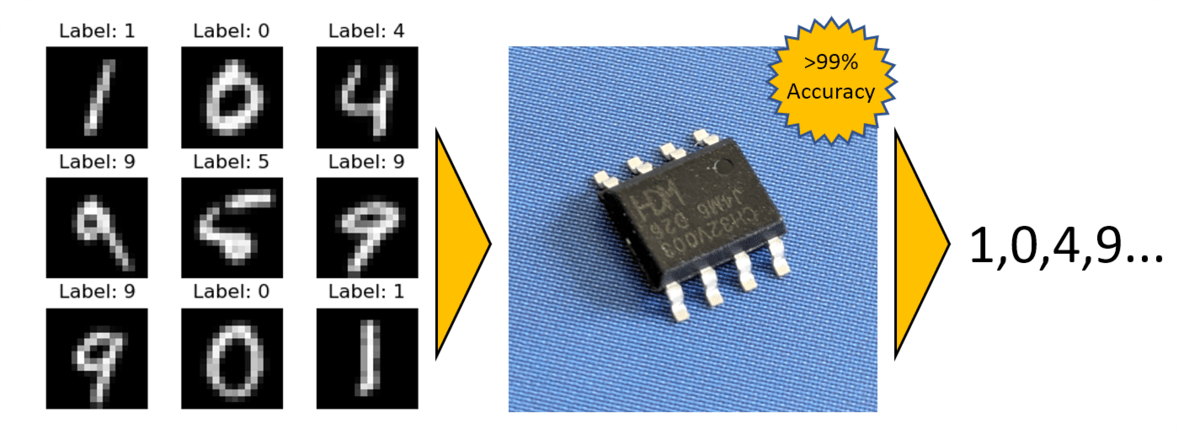Banana Pi BPI-F3 single board computer (SBC) is powered by the same SpacemiIT K1 octa-core 64-bit RISC-V SoC with 2TOP AI accelerator found in the upcoming Muse Book RISC-V laptop. The board comes with up to 4GB RAM and 16GB eMMC flash, supports NVMe or SATA storage via its M.2 socket, is equipped with HDMI and MIPI DSI display interfaces, two MPI CSI camera interfaces, two gigabit Ethernet ports, a WiFi 5 and Bluetooth 4.2 module, and can also take a PCIe module for 4G LTE cellular connectivity. Other features include four USB 3.0 Type-C ports, a microSD card slot, a 26-pin GPIO header, and optional support for PoE. Banana Pi BPI-F3 specifications: SoC – SpacemiT K1 CPU – 8-core X60 RISC-V processor with single-core performance equivalent to about 1.3x the performance of an Arm Cortex-A55 GPU – Imagination IMG BXE-2-32 with support for OpenCL 3.0, OpenGL ES3.2, Vulkan 1.2 […]
XGO-Rider is a 2-wheel self-balancing robot with an ESP32 controller plus either a Raspberry Pi CM4 or BBC Micro:bit (Crowdfunding)
XGO-Rider is a two-wheel self-balancing robot with an ESP32 controller for motor and servo control, USB-C charging, etc… and a choice between a Raspberry Pi CM4 module or a BBC Micro:bit board for display, audio, and camera (CM4-only). It’s not the first robot from Luwu Intelligence, since the company launched the XGO-Mini robot dog in 2021, followed by the XGO 2 Raspberry Pi CM4-powered desktop robotic dog with an arm which we reviewed last year. The new XGO-Rider builds on these earlier models but in a different form factor moving from four-legged robots to a 2-wheel self-balancing robot design with many of the same features including AI vision running on the Raspberry Pi CM4. XGO-Rider specifications: Host controller (one or the other) Raspberry Pi CM4 with 2GB RAM + ESP32 for main control, USB-C charging port, DIP switch BBC Micro:bit V2 + ESP32 for main control, USB-C charging port, DIP […]
SONOFF ZBMicro Zigbee USB smart adapter adds any USB device to your Smart Home setup
SONOFF Micro Zibgee USB Smart adapter, or SONOFF ZBMicro for shorts, is a Zigbee 3.0 USB adaptor to remotely control USB devices via your smartphone app or home automation solution based on Home Assistant or other solution to turn on/off the device, set timers to control charging times, configure smart scenes, or control with voice commands. The new home automation device from ITEAD is based on a Silicon Labs EFR32MG21 multiprotocol SoC, works with the usual eWelink app, as well as Home Assitant and OpenHAB open-source solutions when the server is fitted with a compatible Zigbee 3.0 USB dongle SONOFF ZBMicro specifications: Wireless MCU – Silicon Labs EFR32MG21 MCU core – Arm Cortex-M33 microcontroller @ 80 MHz Memory – 96KB SRAM Storage – 352KB flash, 1024KB ROM for protocols and library functions Wireless – Zigbee 3.0 USB – USB 2.0 Type-A port Misc User Button – single press: Turn on/off […]
Sipeed MaixCAM is a RISC-V AI camera devkit with up to 5MP camera, 2.3-inch color touchscreen display, GPIOs
Sipeed MaixCAM is an AI camera based on SOPHGO SG2002 RISC-V (and Arm, and 8051) SoC with a 1 TOPS NPU that takes up to 5MP camera modules and comes with a 2.3-inch color touchscreen display. The development kit also comes with WiFi 6 and BLE 5.4 connectivity, optional Ethernet, audio input and output ports, a USB Type-C port, and two 14-pin GPIO headers for expansion that makes it suitable for a range of computer vision, Smart audio, and AIoT applications. Sipeed MaixCAM specifications: SoC – SOPHGO SG2002 CPU 1 GHz RISC-V C906 processor or Arm Cortex-A53 core (selectable at boot) running Linux 700 MHz RISC-V C906 core running an RTOS 25 to 300 MHz low-power 8051 processor NPU – 1 TOPS @ INT8 with support for models such as Mobilenetv2, YOLOv5, YOLOv8, etc… Video Codec – H.264, H.265, MJPEG hardware encoding and decoding up to 2K @ 30fps Memory […]
WCH CH32V006 RISC-V microcontroller adds more I/Os, memory, and storage compared to CH32V003
WCH CH32V006 RISC-V microcontroller is an upgrade to the 10-cent CH32V003 microcontroller with more I/Os, up to four times the memory, storage, a wider supply voltage range, the addition of a TouchKey interface, as well as a new 32-bit V2C RISC-V core instead of the V2A core found in the CH32V003. More specifically that means we went from the CH32V003 with 2KB SRAM and 8KB flash, up to 8KB SRAM and 62KB for the CH32V006, and 6KB SRAM and 32KB flash for the CH32V005, a smaller sibling of the new RISC-V microcontroller. WCH CH32V005 & CH32V006 specifications (with highlights in bold to show differences against CH32V003): CPU – 32-bit “RISC-V2C” core up to 48 MHz Memory – 6KB SRAM (CH32V005) or 8KB SRAM (CH32V006) Storage – 32KB flash (CH32V005) or 62KB flash (CH32V006) Peripherals Up to 31x GPIO with interrupt support (CH32V003 had up to 18x GPIO) 2x USART interfaces […]
$23 C790 HDMI to MIPI CSI adapter adds HDMI and audio input to Raspberry Pi SBCs
C790 is an HDMI to MIPI CSI-2 board compatible with Raspberry Pi single board computers featuring a 40-pin GPIO header that adds both HDMI input up to 1080p60 and I2S audio input to the popular Arm SBC. The solution can be useful for IP KVM solutions as we’ve seen with the PiKVM v3 and PiCast portable KVM switch, or to capture video and audio from a camera that outputs HDMI with audio through the board’s MIPI CSI camera interface and I2S input signals on the GPIO header. C790 specifications: Supported SBC’s – Raspberry Pi Zero, 3B, 3B+, 4B, CM3, CM4 with MIPI CSI-2 input port (Note: Raspberry Pi 4 is limited to 1080p50 due to 2-lane MIPI CSI-2, CM4 supports 1080p60) Main chip – Toshiba TC358743XBG HDMI to CSI-2 bridge chip up to 1920×1080, 60 FPS Video and audio input – HDMI port up to 1080p60 Video Output – 2-lane […]
GIGAIPC PICO-N97A is a Pico-ITX SBC powered by an Intel Processor N97 CPU
GIGAIPC PICO-N97A Pico-ITX SBC features an Intel Processor N97 quad-core Alder Lake-N processor coupled with up to 16GB DDR5 SO-DIMM memory and M.2 SATA or NVMe storage designed for passively cooled and enclosed systems for Industry 4.0 applications in the smart cities, retail, and healthcare sectors. The single board computer supports up to two independent displays via HDMI and LVDS interfaces. It also provides dual Gigabit Ethernet, two USB 3.1 ports, an additional M.2 Key-B socket for wireless, and various headers for RS232/RS422/RS485, GPIO, USB 2.0, and more. GIGAIPC PICO-N97A specifications: SoC – Intel Processor N97 CPU – Alder Lake-N quad-core/quad-thread processor @ up to 3.6 GHz Cache – 6MB cache GPU – 24 EU Intel UHD graphics @ up to 1.20 GHz TDP: 12W System Memory – Up to 16GB DDR5-4800 via a single SO-DIMM socket Storage – SATA or NVMe SSD via M.2 M-Key socket (See expansion) Video […]
BitNetMCU project enables Machine Learning on CH32V003 RISC-V MCU
Neural networks and other machine learning processes are often associated with powerful processors and GPUs. However, as we’ve seen on the page, AI is also moving to the very edge, and the BitNetMCU open-source project further showcases that it is possible to run low-bit quantized neural networks on low-end RISC-V microcontrollers such as the inexpensive CH32V003. As a reminder, the CH32V003 is based on the QingKe 32-bit RISC-V2A processor, which supports two levels of interrupt nesting. It is a compact, low-power, general-purpose 48MHz microcontroller that has 2KB SRAM with 16KB flash. The chip comes in a TSSOP20, QFN20, SOP16, or SOP8 package. To run machine learning on the CH32V003 microcontroller, the BitNetMCU project does Quantization Aware Training (QAT) and fine-tunes the inference code and model structure, which makes it possible to surpass 99% test accuracy on a 16×16 MNIST dataset without using any multiplication instructions. This performance is impressive, considering […]


